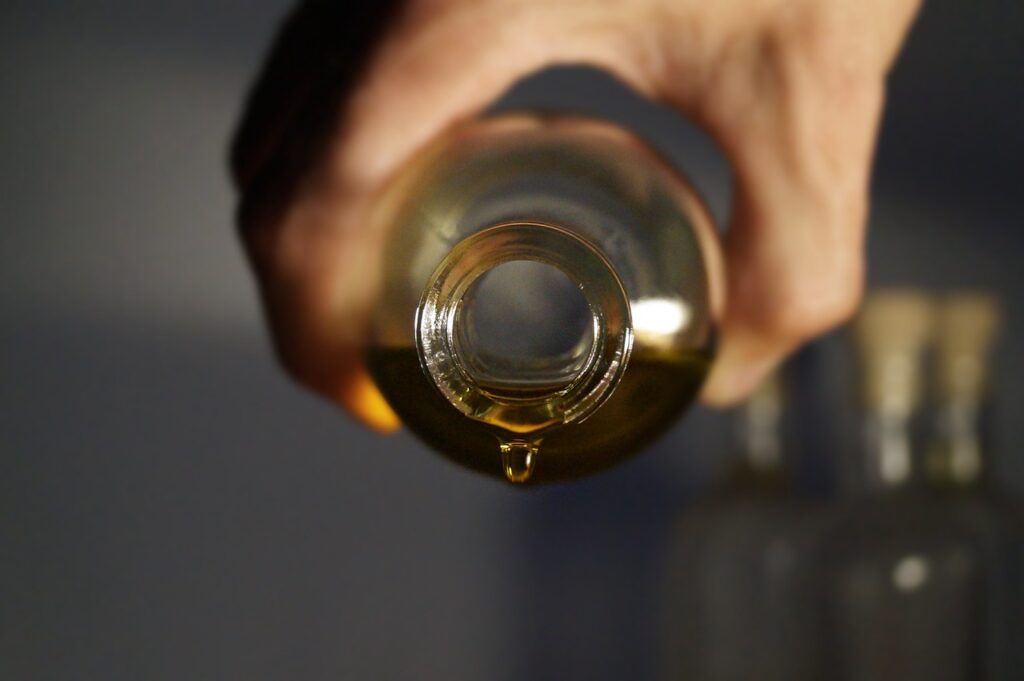
Aromatic Artistry: Tracing the History of Essential Oils in Soapmaking
The roots of soapmaking trace back to ancient civilizations such as the Babylonians, Egyptians, and Mesopotamians. Egyptians, in particular, were known for their expertise in perfumery and essential oil extraction. They employed scented oils like frankincense, myrrh, and rosemary in their soaps, not only for fragrance but also for their perceived therapeutic effects on the skin and mind.
Medieval Europe and the Renaissance
Soapmaking became more widespread during the Middle Ages in Europe, with the craft being carried out by monasteries and guilds. During this period, the knowledge of essential oils and their aromatic properties became more refined. Distillation techniques, which enabled the extraction of essential oils from plants, were further developed in the 11th century by Persian alchemists, and this knowledge eventually reached Europe.
In the Renaissance era, soapmaking and perfumery went hand in hand. The Italians, French, and Spanish were particularly known for their expertise in blending essential oils into soap formulations. Rose, lavender, and citrus oils were among the most popular choices for adding fragrance and therapeutic benefits.
19th Century Advancements
The 19th century marked a significant period of advancement in essential oil extraction and availability. With the rise of industrialization and the development of better distillation methods, essential oils became more accessible to the general public.
In this era, the English became leaders in the soap and perfume industry. Notable advancements were made in the extraction of essential oils, making it easier and more cost-effective to include them in soap formulations. Lavender, bergamot, and geranium oils became widespread choices in soap scents during this time.
Modern Era: A Resurgence of Natural Remedies
The 20th century saw a shift towards mass-produced, synthetic chemical-based soaps that dominated the market. However, as the century progressed, there was a growing awareness of the potential drawbacks of these synthetic products, including skin irritations and environmental concerns.
As a result, there was a resurgence of interest in traditional and natural remedies, leading to a renewed appreciation for artisanal soapmaking using essential oils. People began seeking products that were free from harmful chemicals, and essential oils provided a perfect solution. Lavender, tea tree, eucalyptus, and chamomile are among the most popular essential oils used in modern soapmaking, renowned for their soothing, antiseptic, and calming properties.
Therapeutic Benefits and Aromatherapy
In recent years, the integration of essential oils in soap has been influenced by the rise of aromatherapy, a holistic practice that utilizes the aromatic properties of essential oils for physical and emotional well-being. Aromatherapy soaps, enriched with essential oils like peppermint for energizing or jasmine for relaxation, have gained immense popularity for their potential therapeutic benefits.
Formulating a new soap and choosing the essential oils is one of my favourite things in soap making. We are so lucky to have a huge range of essential oils and natural colorants available now. So many wonderful and beneficial combinations and yet so little time. Have you tried our “Cool Your Jets Peppermint” soap? It is cooling on the skin and a wonderful pick me up or our calming “Lovely Lavender” soap is wonderful just before bed after a hard day.